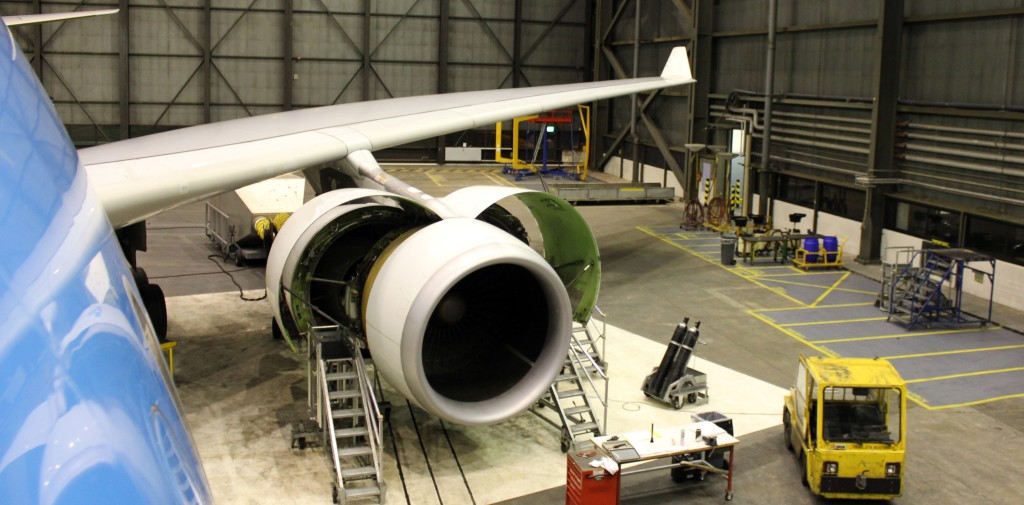The basic principle of an aircraft store is to be able to effectively and efficiently manage and control product and material both serviceable and unserviceable.
Stores premises should be clean, well ventilated and maintained at an even dry temperature to minimise the effects of condensation. Manufactures instructions should be followed when available as these take precedence over any other “generic” instruction.
It is necessary to control and monitor relative humidity in an aircraft store, checking should be carried out at regular intervals by means of a hygrometer which measures the amount of humidity in the atmosphere. Key areas include :
Goods Inwards area – Should contain an Electro Static Discharge Sensitive (ESDS) test bench and general inspection area
Bonded Store – Within the bonded Store it is necessary to ensure that parts are stored in the best way possible. Storage Racks and Bins should be open to ensure a free circulation of air. Painted metal type of bins is preferred to wood as it is not susceptible to mould or dampness.
Containers made of Polyethylene, rigid PVC, corrugated plastics and cardboard are often employed for the economic storage of small items.
Within the bonded store a batch rotation system should be employed First in First out (FIFO) – so that old stock is issued before new stock.
Shelf life considerations should be followed whether issued by the equipment or part manufacturer (original equipment manufacturer (OEM) on expiry of recommended storage periods the parts should be quarantined for appropriate action as per recommendations.
When parts or components are stored for long periods they should be inspected at intervals to ensure that the condition of the coating is satisfactory. If Desiccants have been used (For example Silica Gel) they should be inspected and/or renewed as advised at specified periods or when exposed to moisture.
Commercial Store
All manner of commercial items are required to make the organisations wheels turn and must be managed and controlled in an efficient and cost effective way to minimise waste
Tool Storе
The potential for uncontrolled tools to cause harm or damage to aircraft is a real and present threat.
The need to manage the availability and use of the tools is an essential part of the maintenance process.
An effective tool tracking process is essential to ensure that all tools are issued against a job reference, returned at the end of a job; that the identity of an engineer checking out certain tools is recorded.
In addition tools should be calibrated and correctly maintained
Special Stores (Oil, Pyrotechnic etc)
Oils, fluids or compounds are often used as a temporary protection on metal articles, the material and the method of application should conform to the recommendations approved by the manufacturer of the article.
Deterioration of such protection fluids or compounds by handling should be minimised by wrapping in a non-absorbent material (e.g. polythene, waxed paper).
Flammable Materials and all materials of a flammable nature require special storage conditions which must comply with national regulations as well as manufactures shelf life requirements
Unserviceable Component Control Store
Here is where we hold the parts whilst we decide what to do with them – As an organisation we need to decide not just what work to perform to repair the component if it is cost effective, but what vendor service bulletins should be performed and if this is cost effective in respect of the return on our investment (ROI).




